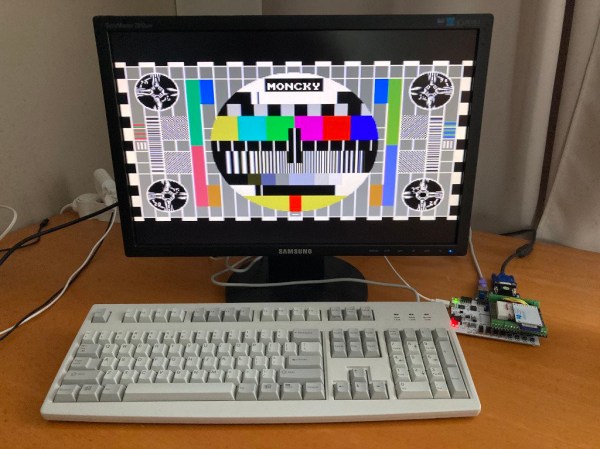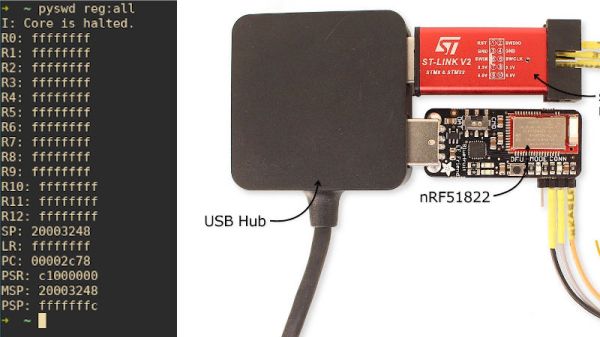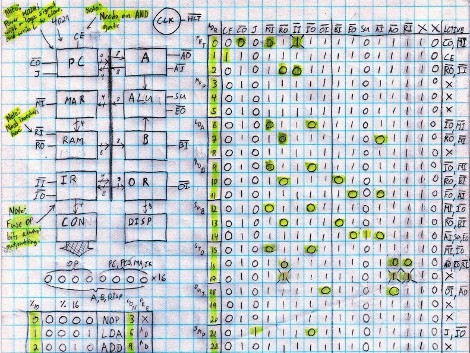When you design an electronic badge, the goal is to make a device that’s interesting and has enough depth to keep your attendees engaged for the duration of the con but not so complicated that they can’t become proficient with it before they have to head home. It’s a difficult balance to nail down, and truth be told, not every Supercon badge has stuck the landing in this regard.
But if you’ve really done things right, you’ll create a piece of hardware that manages to outlive the event it was designed for. A badge that attendees continue to explore for months, and potentially even years, afterward. If the talk “Inside the Voja4” by Nathan Jones is any indication, we think it’s safe to say that goal was achieved with the Supercon 2022 badge.
During this forty-minute presentation, Nathan discusses what makes the 4-bit badge so fascinating from a technical standpoint and how it could theoretically be expanded to accomplish far more complex tasks than one might assume at first glance.
Continue reading “Supercon 2023: Exploring The Elegance Of The Voja4”


















